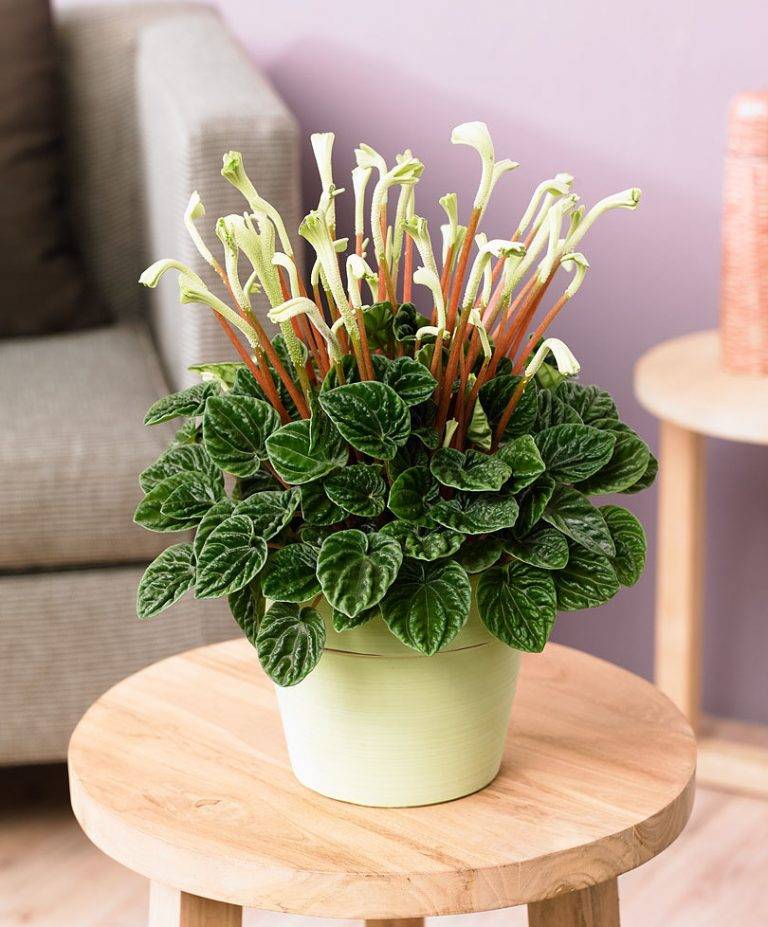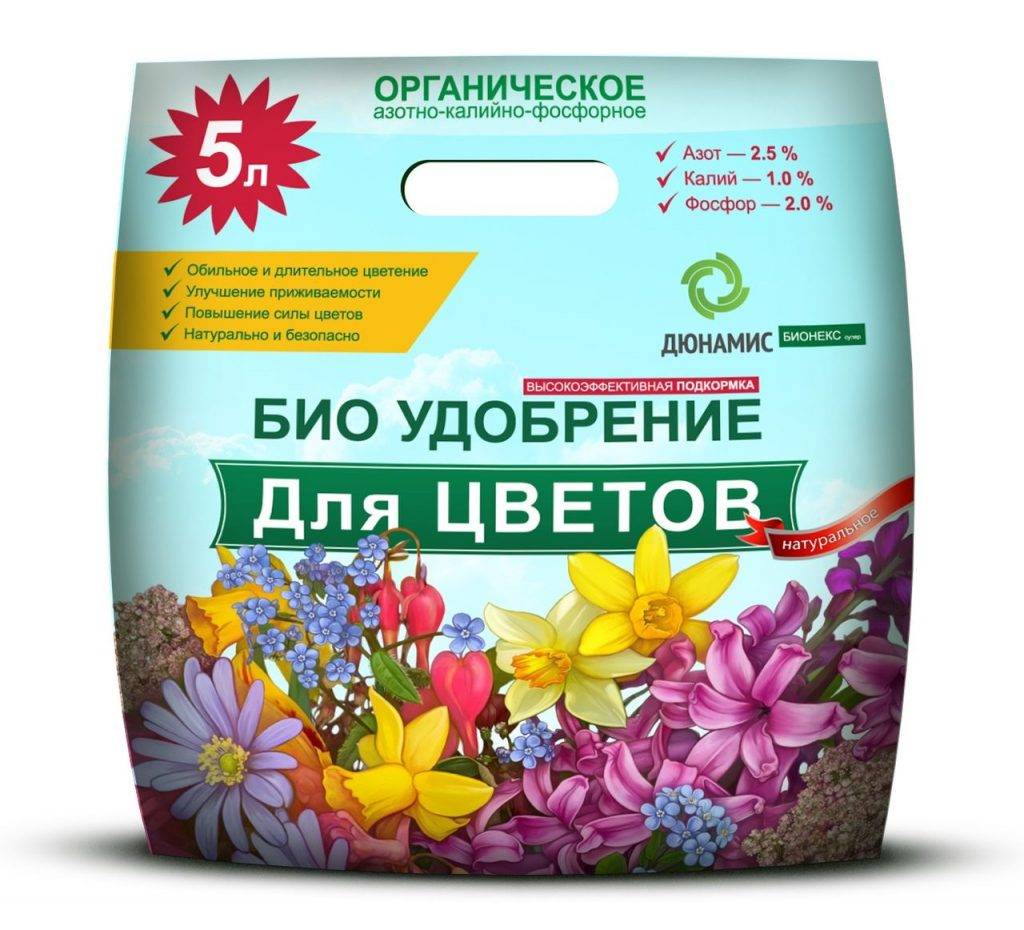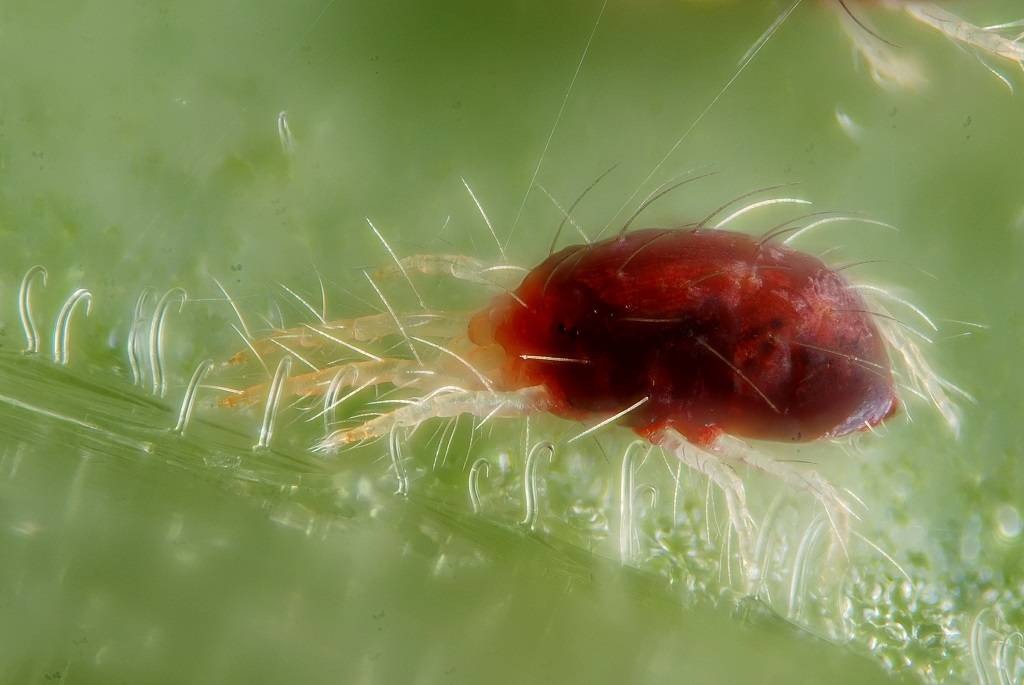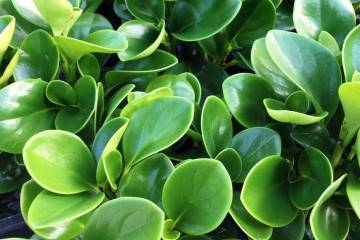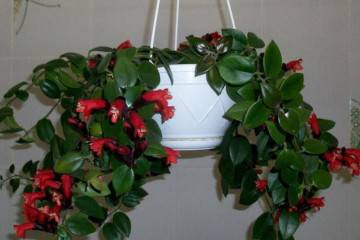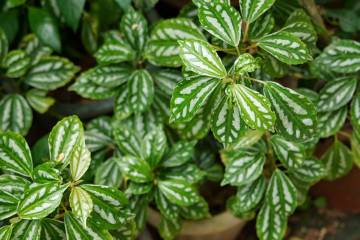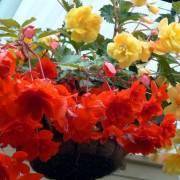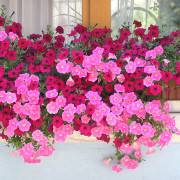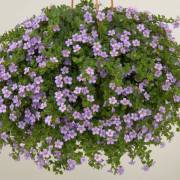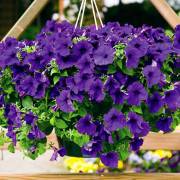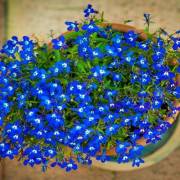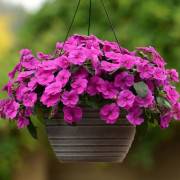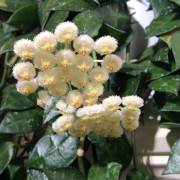Peperomia lilian - care and reproduction at home
Content:
Peperomia Lilian is an evergreen plant that is grown in pots. It has original heart-shaped flowers. The perennial is attractive, it is placed on the windowsill, balcony, it is used to decorate the office. Some tips will help you grow a flower in an apartment without problems.
What does a flower look like
The plant belongs to the Pepper family. Its veins seem to be recessed, and the leaf itself is a little swollen. The color is green in different tones with a variegated and waxy bloom. The homeland of the plant is South America.
The prevalence of the flower is due to the fact that it is resistant to dry soil or excessive watering. Perennial does not need frequent feeding.
Features of care for Lillian's peperomia
It is not difficult to take care of the plant, but you need to familiarize yourself with the main growing criteria, find out at what temperature to keep the crop, how to irrigate.
Temperature
Due to the tropical origin of the flower, he loves warmth and does not tolerate drafts. In spring and summer, the optimum temperature is 20-22 ° C. In winter, the indicator should not fall below 16 ° C.
Lighting
The main condition is that the perennial should not be exposed to direct sunlight, so it is best to grow flowers on the windowsills of the eastern and western rooms.
In winter, it is necessary to create artificial lighting. This is achieved through the use of electric lamps. They extend daylight hours.
Also, in the cold season, a perennial needs protection from drafts, but in the summer it can be taken out into the air. With darkening, the culture is brought into the room, since the low temperature and cool wind will harm the plant.
Watering
Watering depends on the season. During the growing season, it is necessary to provide enhanced irrigation. It is better to choose soft settled water without precipitation at room temperature. In winter and autumn, watering is reduced. During this period, the flower tolerates a lack of moisture better than excessive irrigation.
Excessive watering leads to the development of fungal diseases. But watering from time to time is simply necessary so that the leaves do not fall off from lack of water.
Humidity
Home culture does not require the creation of high humidity in the room. It grows well with and without spraying. The plant grows equally well in dry and humid environments.
Priming
When choosing a soil for growing Lillian's peperomia, the following criteria must be taken into account:
- the substrate must pass air well and not clump;
- the soil should not retain excess moisture.
To grow a perennial at home, a florist can choose one of the following mixtures:
- 2 parts of leafy soil and 1 part each of sand, humus and peat;
- a mixture of leaf, peat soil and sand, the mass is taken in the same amount.
Top dressing
To keep the flower leaves bright throughout the year, it needs nitrogen-based fertilizers.Ready-made dressings for ornamental plants are suitable, containing not only this element in the right amount, but also other useful substances: manganese, potassium, phosphorus and boron. Peperomia loves organics.
In spring and summer, it is recommended to alternate fertilizing with mineral and organic compounds. They are brought in once every two weeks. In winter and autumn, fertilizers are needed, but in limited quantities. The concentration is reduced, the intervals between application and irrigation are increased.
When and how it blooms
Next, it is worth finding out how the culture blooms, at what time it happens.
- Types of flowers. Peperomia flowers are visually similar to lilies, hence the name. But on each long red-brown peduncle, many small inflorescences appear, gathering in a bunch.
- Flower shapes. The inflorescences have an oblong shape, resembling an ear. Small flowers are like flags that are placed on one peduncle.
- Flowering period. The culture blooms in late spring and early summer. The buds do not exude aromas, they are less significant in value than the leaves. Flowering occurs throughout the summer.
- Changes in care during flowering. Care during the flowering period is slightly different, namely the need for abundant watering of the culture. The flowering process takes a lot of energy, as a result, the bush becomes less dense.
How does it multiply
There are several ways to reproduce flowers, each worth considering in detail.
Germinating seeds
The best seeding time is March and April. A mixture of sand and leafy earth is prepared. The pot is chosen in the shape of a bowl. After immersing the seeds in the ground, the container is covered with glass. Irrigation is carried out using a fine sieve. The water should be warm, about 25 ° C. You also need to ventilate the planting material by opening the glass.
The transplant occurs when the second leaf appears. A wooden box is prepared with the same soil. The bushes are planted at a distance of 2-5 cm from each other. Tara is sent to a bright room, where direct sunlight does not penetrate. After three weeks, they dive into a separate pot with a diameter of up to 7 cm.
Rooting cuttings
To grow a plant with stem cuttings, a mixture of sand, peat and humus is prepared. You can use the apical branches. It is important that there are up to three nodes on the cut stem.
Before immersion in the ground, the formation of the root system is stimulated. For this, the shoot is immersed in water. Having landed in a pot, it is covered with a package. If done correctly, the first roots appear in a month.
Transfer
Small-leaved plants are transplanted annually. This is best done in the spring. You can also transplant a perennial when there is an urgent need, when roots stick out of the holes in the pot.
The root system of peperomia is not branched, so a spacious wide pot is not needed for transplanting. The roots grow slowly, therefore it is recommended to purchase a small and shallow container.
Step by step procedure:
- They take a pot that is 2 cm larger in diameter than the old one.The maximum diameter of the container for a perennial is 9 cm.
- A 1/3 layer of drainage is placed on the bottom of the pot. It can be made from pebbles, broken brick, polystyrene, expanded clay. Then the soil is poured 1.5-2 cm.
- Peperomia is removed from the old container and, without destroying the lump, is transplanted into a new container.
- Empty places are covered with soil and tamped a little.
- Then the plant is slightly watered and placed on a warm windowsill in partial shade.
Possible growing problems
The plant is susceptible to insects and infections.
In very dry air, a spider mite starts up. A cobweb appears on the stems between the nodes, the leaves wither and fall off. To rid a perennial from a pest, you need to wipe the flower with a soapy sponge. It is also sprayed with a mixture of water and 0.15% actellik solution in a proportion of 1 ml per 1 liter of water.
Sometimes thrips appear due to high temperatures and low humidity. Below, colonies are concentrated on the leaves. Light dots are formed at the top. The plant must be sprayed with insecticides.
The consequences of improper care
With improper care, a perennial can lose its protective qualities. He is also vulnerable to certain diseases. If the plant lacks moisture, its leaves fall off.
If brown spots appear on the leaves, this indicates drafts that affect peperomia. Also, the leaves become dark due to temperature changes. Excessive watering will lead to decay of the roots and blackening of the leaves. If a lot of sun gets on the perennial, the leaves will turn yellow. Sometimes burns occur.
Peperomia caprata Lillian is not a capricious plant. It grows for many years and takes root well in the house on the windowsill or in the office. But it is worth remembering that the culture does not tolerate direct sunlight, excess moisture. Caring for Lillian's peperomia at home is simple. Having studied all the rules, flowers will delight the owners for many years.
